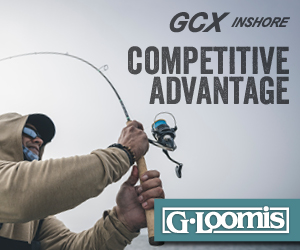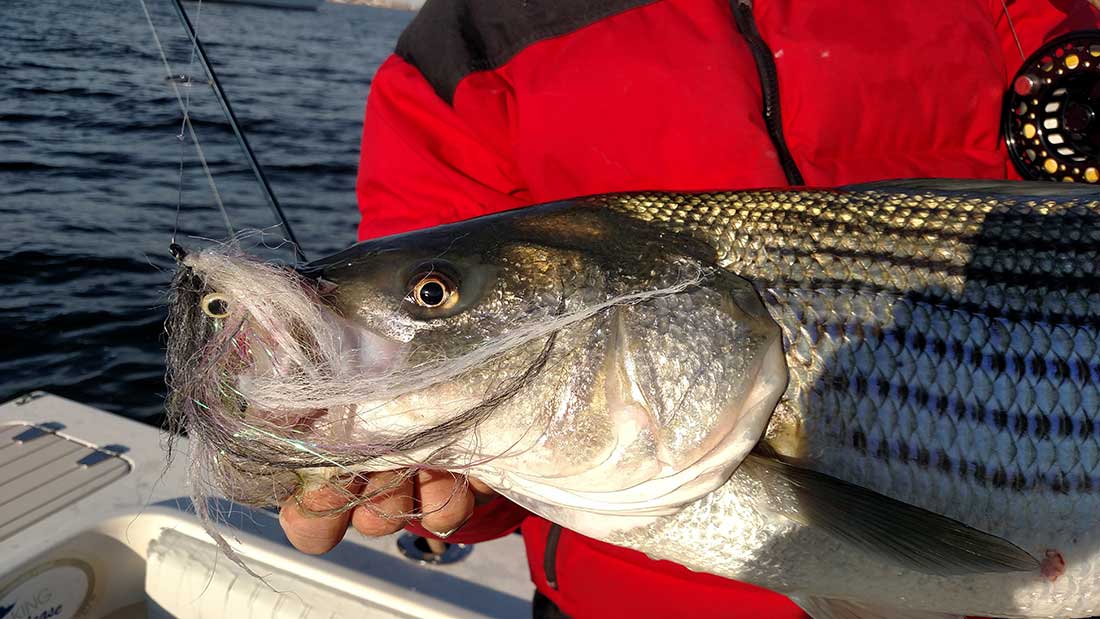
When choosing the appropriate fly, what characteristics are most important for drawing a strike?
When we take a look at saltwater fly fishing there is one distinguishable element that lies at the root of the sport; that is the fly. If we trace its evolution it wouldn’t surprise me if feathered imitations date well back into ancient times or even to the earliest inhabitants of this planet. So when we look at today’s modern fly fisher it’s easy to see the fascination that one has with the fly. Many have spent long tedious hours at the vise creating an imitation that resembles the natural perfectly. These works of art then reward with a prized catch in the salt.
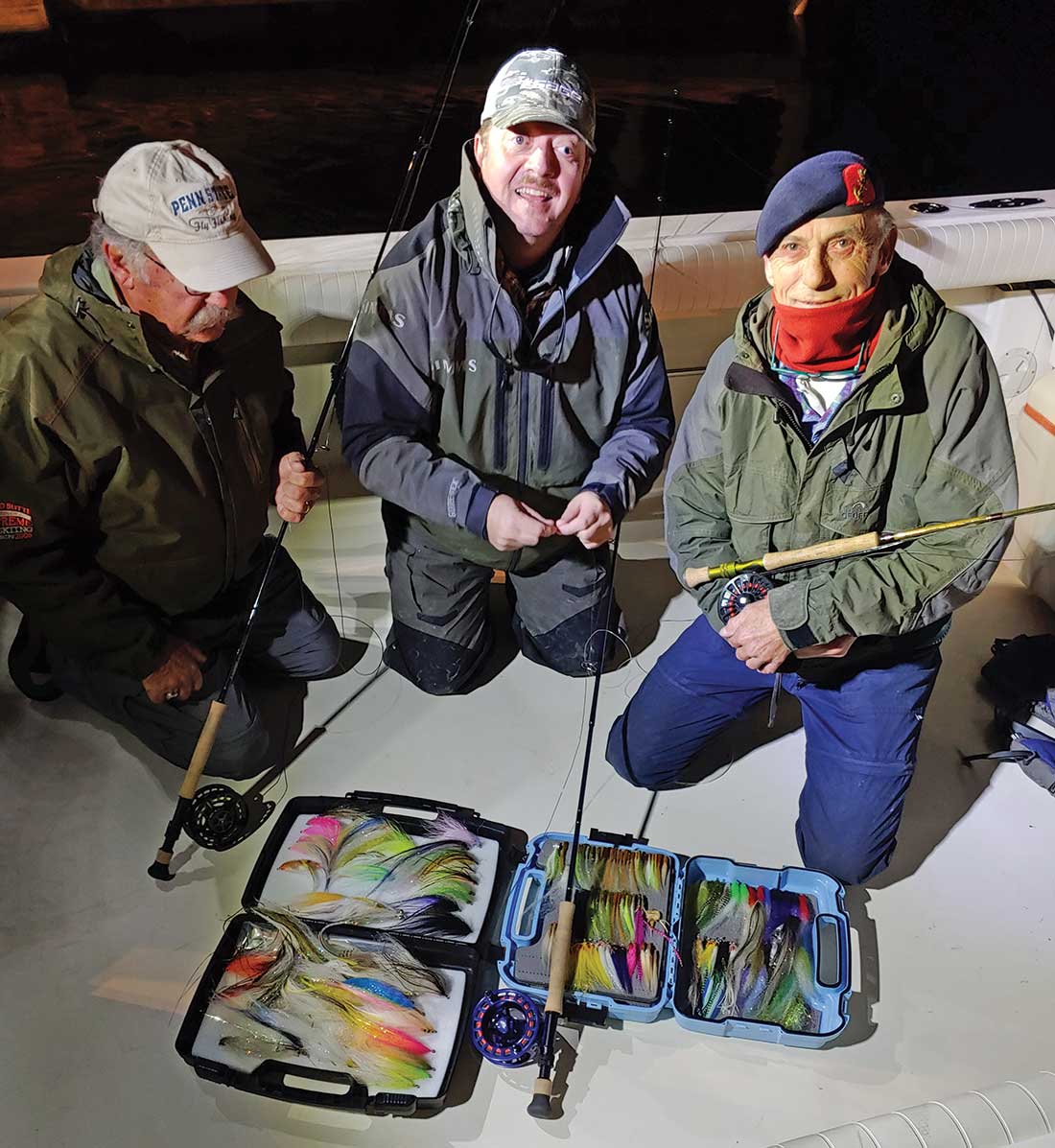
This leads to an interesting question that I frequently encounter as a charter captain; when choosing an appropriate fly to cast at a prey what fly characteristics are most important? We all know that fly selection and presentation can be critical at times especially when finicky bass or albies are keyed in on particular bait.
So here is where my CPR for the flycaster gets the nod. That would be color, profile, and retrieve.
Triple Threat
The selected characteristic that is first on my list, that I believe is most important, is the retrieve. You can live by the old freshwater saying, “match the hatch” and “you won’t have a problem,” but you will need to remember in most instances even the best matched imitation is not going to take fish if the presentation isn’t correct.
For example, a meticulously reproduced crab pattern fished during the summer calico shedder season will not draw strikes if you are using a quick two-handed retrieve stripping the fly in the direction of a striped bass. This would not mimic what would happen in nature, as I doubt very much if bass are accustomed to seeing crabs swim at them.
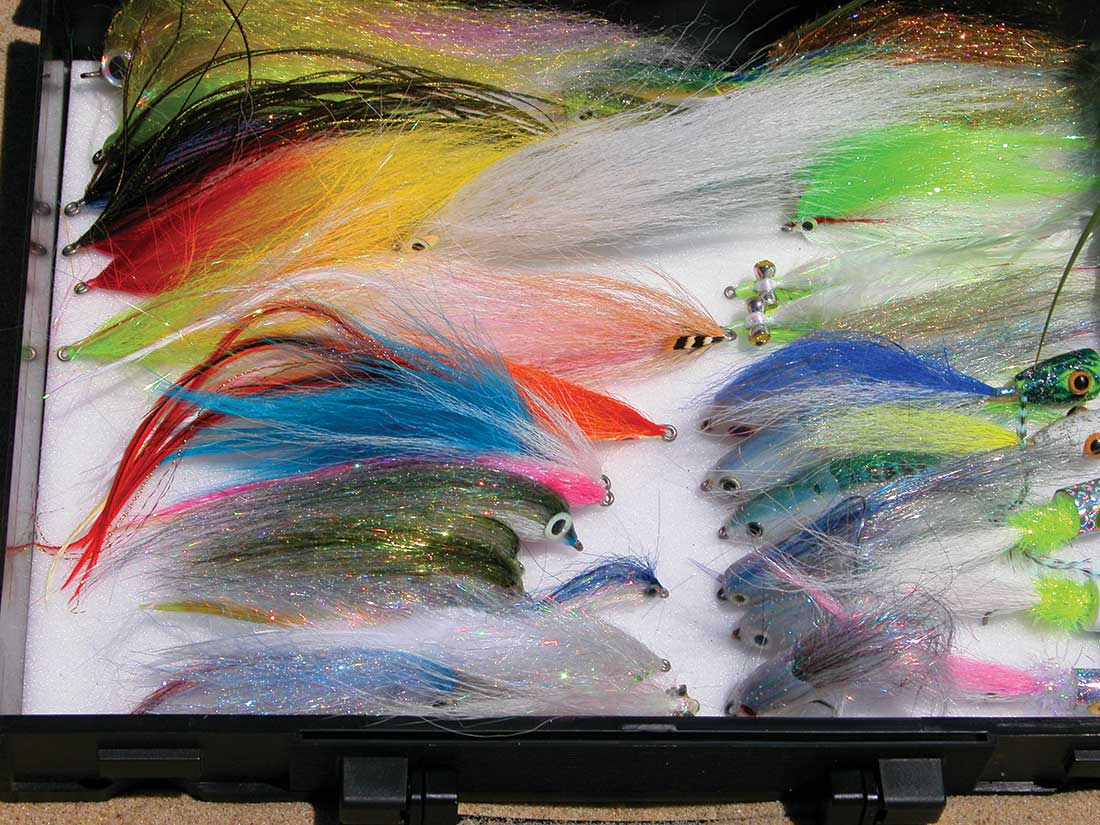
Or if you were using a Pop Lip fleye during the peak of the mullet run and dredging it along the bottom—it would be unnatural as most mullet swim in the upper-third of the water column, and that is where bass innately look for them. Therefore it is important first to learn how your bait behaves and moves in the water and to mimic this. It is then that your identical imitation will be effective. So of the three characteristics I put the retrieve of your fly as most important.
Secondly I would concentrate on matching the profile of your fly before its color. To understand these two variables we need to look at the concept of perception from the fish’s perspective. The majority of the saltwater fish that are caught by the inshore fly fisher have the ability to see colors. They do not however recognize colors with the same perception that we are accustomed to. This is due to differences in the anatomical make-up of the eye.
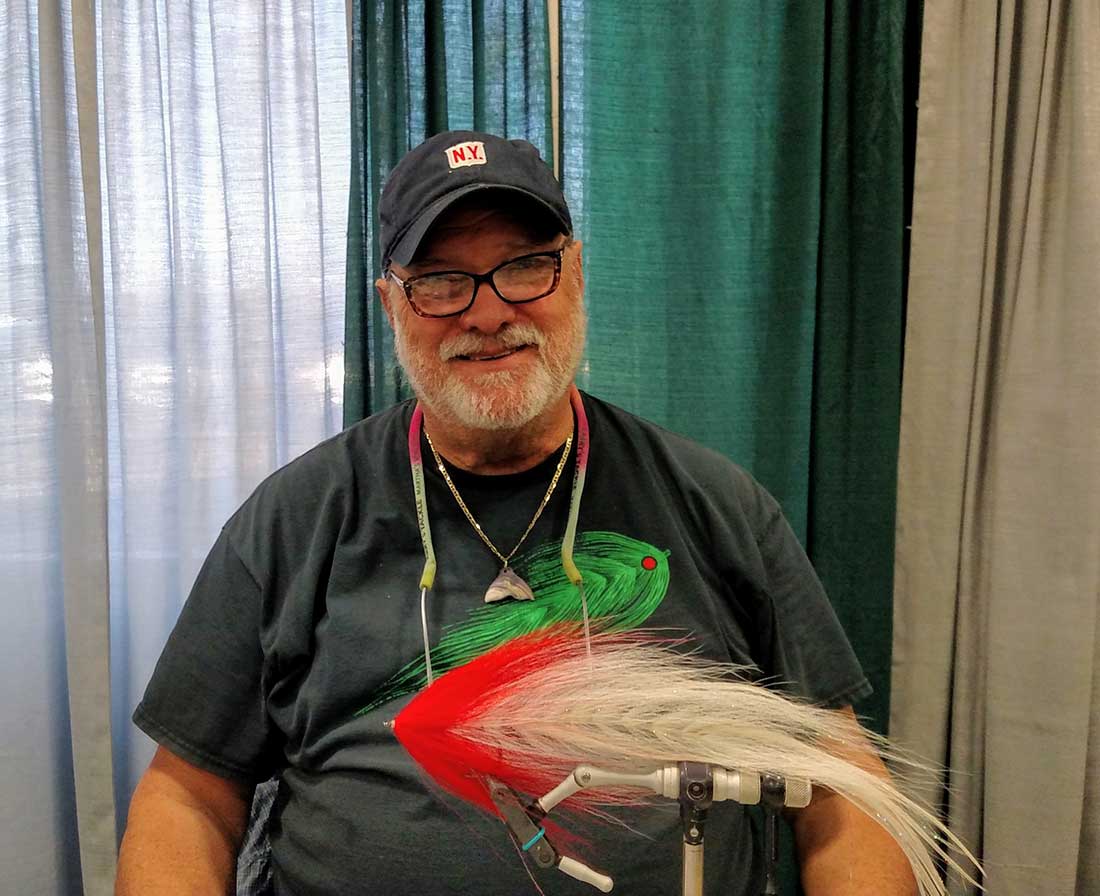
Most inshore species have a keen ability to detect movement and the ability to discriminate objects against specific backgrounds rather than to perceive precise details and colors. In fact we will never know for sure what the fish’s color perception actually is because we will never know how their brain processes the stimulus from the color receptors, the cones that are found in the fish’s eye.
There are also some physical properties of water that affect how deep different colors of light will penetrate, how colors are absorbed, and what colors will reflect back from objects. All these factors will cause the color of the fly as we see it out of the water to be different when it is viewed underneath the water by a fish. So true color recognition as we know it is masked. For this reason I think your fly’s profile will be more of a stimulus than color when trying to emulate a bait in the water and should be the next characteristic of a fly that you look at.
Dimensional Approach
A bait’s profile is three dimensional. It has length, width (or girth), and height. Since colors can be masked with respect to different conditions, form and movement of the fly will be the keys to trigger a strike. This will be particularly true during situations when fish are blitzing. Here is where your fly’s profile will stand out and match the bait that is present.
In many situations the correct profile will be enough of a stimulus to trigger a response in spite of the fly’s color. Why, because the majority of our inshore species are opportunistic feeders and will strike quickly if the situation presents itself. The competition factor plays a key role here in their aggressive nature. That’s why the majority of fish that you hook will hit hard. They have made up their mind and go for it.
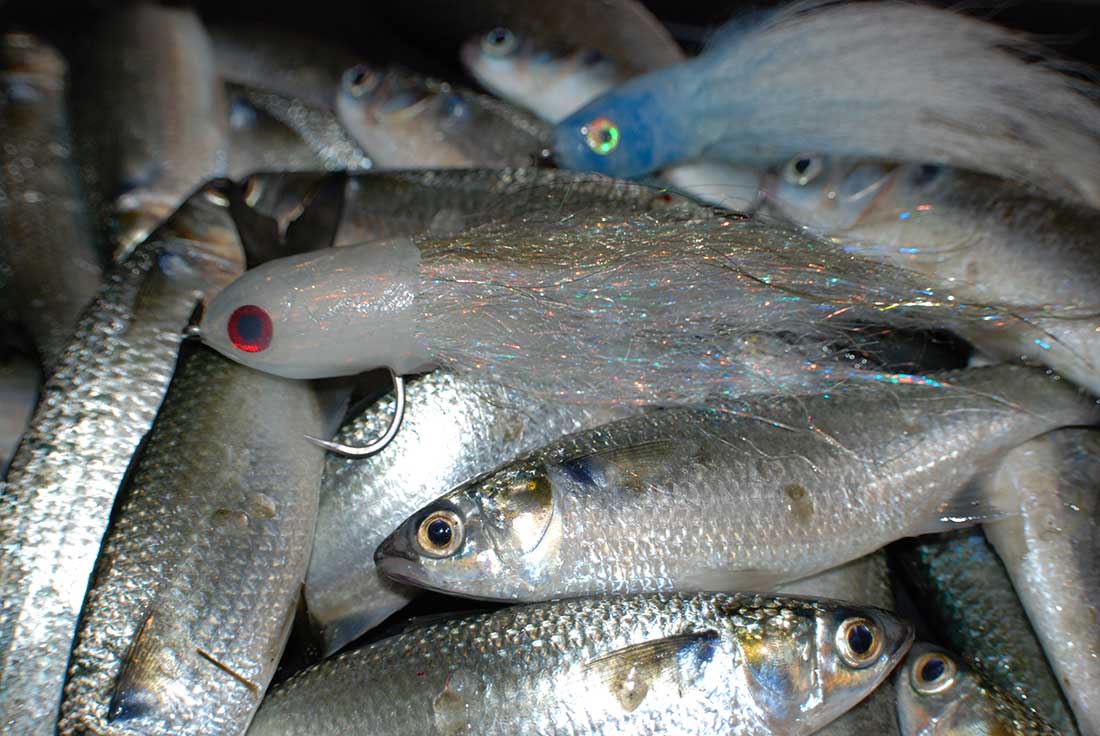
You should also keep in mind that the three-dimensional aspect of your fly’s profile will appear differently to a predator from different viewing perspectives. For instance, in shallow water that is only 1 to 3 feet deep, the fish will be viewing your fly from an eye level perspective. In this instance the fish will not be able to perceive the dimension of girth. But the dimensions of length and height will be clearly evident.
In deeper water many times your fly will be viewed from below so the aspect of girth becomes more important whereas the fly’s height will be diminished. In this situation length is still important and is perceptible. You should choose flies with these considerations in mind.
Additionally as far as color is concerned a very celebrated and renowned fly fisherman once said, “If it ain’t chartreuse, then it ain’t no use.” Well with this statement the late Lefty Kreh legitimized a fly color that has had unlimited success in any pattern that it has been incorporated into. Even though the natural colors of bait lack this color it works and works well. Chartreuse reflects light in a manner that catches the eye of the predator and definitely stands out in stained or turbid water. For this reason more than likely it triggers an aggression strike. Others colors such as white and yellows will do the same. White especially should be incorporated into the underside of your flies as most baits have a white underbelly.
Try to put all three factors – color, profile, and retrieve – together for that deadly combination to trigger the feeding impulse in the fish that you are after. Make a mental note by observing the responses that you get while experimenting a little bit and you will have a log of what flies work best in different situations.
| FLY FISHING SHOWS |
|---|
|
FLY FISHING SHOW: JANUARY 24-26 5TH ANNUAL LONG ISLAND FLY FISHING EXPO: MARCH 28 |
